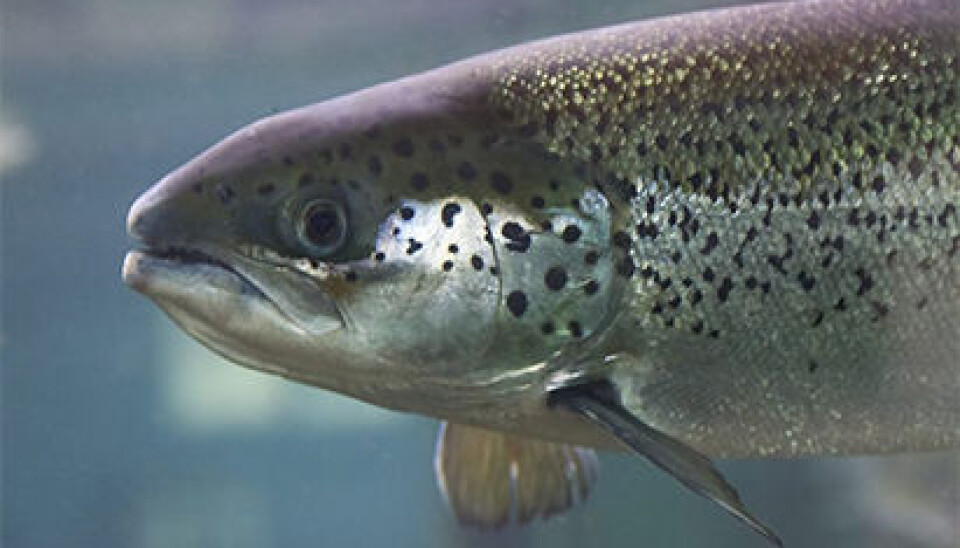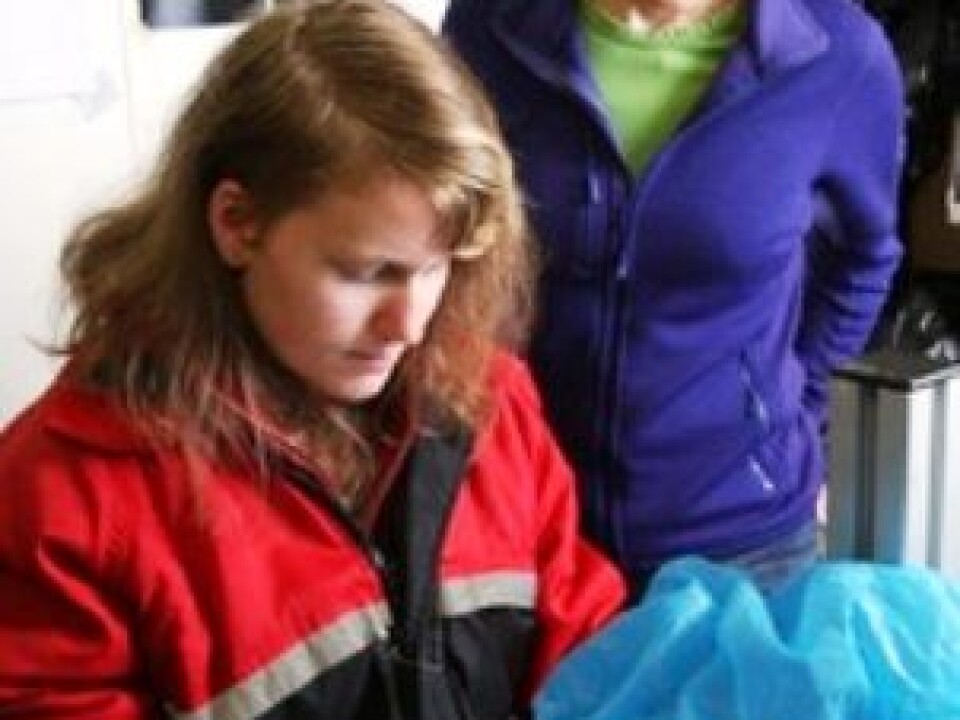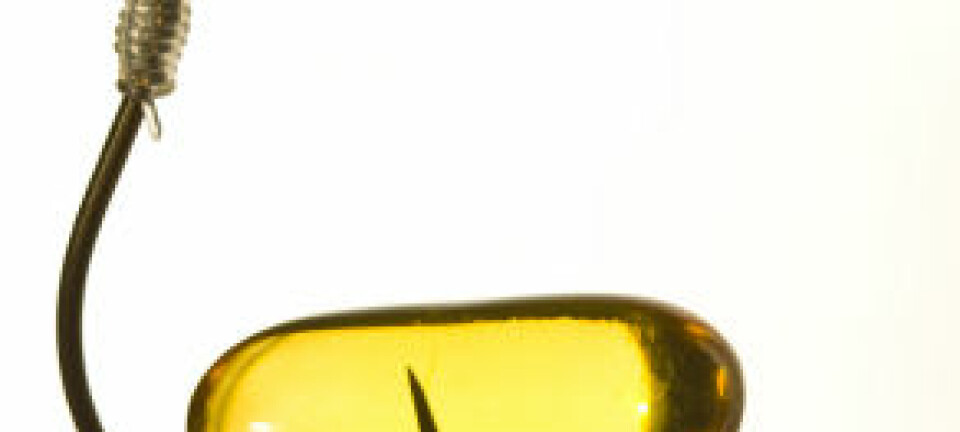This article was produced and financed by Nofima The Norwegian Institute of Food, Fisheries and Aquaculture Research

Good salmon genes contribute to more omega-3
Salmon can play a part in increasing the amount of the healthy omega-3 fatty acids we need.
Denne artikkelen er over ti år gammel og kan inneholde utdatert informasjon.
“It is the salmon’s genes that determine how well it can convert the fatty acids, and we can use this knowledge to breed salmon that can produce more omega-3,” says Nofima Senior Scientist Gerd Marit Berge.
She is studying how genetic background and different feed influence the salmon’s ability to convert short to long omega-3 fatty acids. This is an interdisciplinary project involving several scientists in both breeding and nutrition.
“The fact that we can see differences in genes of salmon that are good and less good at converting fatty acids is a good indication that the ability to produce long omega-3 is hereditary,” says Berge.
How the salmon converts omega-3
Some salmon are much better at producing this healthy fat than others because their genes are more active and produce enzymes that convert the short omega-3 fatty acids found in plant oils to long omega-3 that we can otherwise only get from marine organisms.

There is limited access to fish oil that may be used in feed so increasingly more plant oil is being used in salmon feed. Fish oil is by far the best source of omega-3. Less fish oil in the feed means that the salmon fillet contains less omega-3 than previously.
“Concentrating on salmon that are good at converting short omega-3 fatty acids to long ones will make the fish healthier and contribute to better utilization of the limited omega-3 resources,” says Bente Ruyter, senior scientist at Nofima and also a part of the project.
The salmon has adapted to its environment
The reason the salmon has an inherent ability to produce long omega-3 is not to give us healthy food.
In all likelihood it is a characteristic the salmon has because it lives in fresh water for the first stage of its life, and in fresh water the salmon has to produce its own as it does not have access to long omega-3 fatty acids.
The fatty acids are mostly found in marine organisms. In the marine environment the salmon has rich access to these fatty acids and as such does not need to do as much of this conversion itself.
Genes determine omega-3 production
In order to find out how good the genes are at starting production of the enzymes that are necessary to convert the short omega-3 to the long omega-3 fatty acids, Nofima’s scientists have tested hundreds of salmon families from the breeding company SalmoBreed. A salmon family comprises the siblings which are the offspring of a specific male salmon and female salmon.
They found large differences between the best and worst salmon families. Finding such differences forms the basis for commencing a breeding programme. In breeding, scientists systematically select the families which are best for the characteristic they wish to improve.
“We have now come so far in the project that both the salmon that were worst at converting omega-3 and those that were best have got offspring. We will now test the siblings further to see if their ability to produce more omega-3 is passed down to the next generation,” says Nofima Senior Scientist Anna Sonesson.
Ability to convert omega-3 as a breeding goal?
SalmoBreed’s Manager of Genetics and R&D, Håvard Bakke, believes it is still too early to determine whether the ability to convert omega-3 shall be a breeding goal for their salmon breeding programme. He is uncertain whether it will make any difference in practice if breeding companies include the omega-3 syntheses as a goal in the salmon breeding programmes.
“We are now eager to test the offspring of the fish we have tested. When we know their ability to produce omega-3, we will know how much we can achieve through breeding. If we can achieve something of significance through breeding we will do it because marine oils are a bottleneck,” says Bakke.
If the breeding companies find that it is appropriate and start to breed for this characteristic in salmon in a determined manner, the salmon feed can contain less omega-3 without the content in the salmon fillet being reduced, precisely because this bred salmon has the best conversion capacity. Such an optimisation of the resources in the feed will be more sustainable and have economic benefits.
































